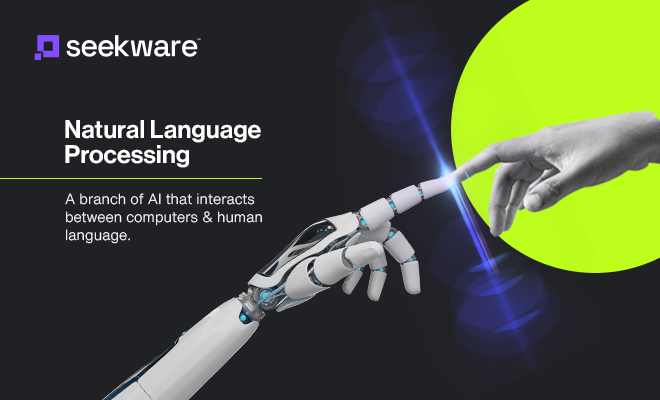Predictive UX: How Apps Transform Interfaces Based on User Behavior
The digital world is entering a new era—an era where apps don’t just respond to users, but anticipate them. This shift is driven by Predictive UX, a design approach where user interfaces evolve based on individual behaviors, preferences, and patterns. Instead of offering the same static screens to every user, predictive UX transforms apps into intelligent systems that understand what each person needs, even before they ask for it.
In a time where convenience is king and attention spans are shrinking, predictive UX delivers exactly what today’s users expect: a seamless, personalized, and effortless experience.
Understanding Predictive UX: A New Design Mindset
Predictive UX is more than a technique—it’s a mindset that blends design, psychology, and artificial intelligence. It studies actions such as clicks, swipes, timings, repeated tasks, and usage habits to determine what users will likely do next. Once the system learns these patterns, the interface begins adapting automatically, displaying the most relevant features and reducing unnecessary steps.
Put simply, predictive UX turns ordinary interfaces into smart companions that align themselves with human intuition.
Why Predictive UX Has Become Essential
Modern users interact with dozens of apps every day, but they only remember the ones that feel fast, smooth, and personal. Predictive UX helps apps stand out by eliminating friction, reducing cognitive effort, and creating experiences that feel naturally tailored.
By predicting needs and adjusting the interface accordingly, apps achieve:
-
Higher speed with fewer clicks
-
Greater relevance in content and features
-
Improved comfort through personalization
-
Stronger engagement due to reduced effort
This isn’t just good design—it’s intelligent design.
How Predictive UX Works Behind the Digital Curtain
A predictive interface relies on a series of intelligent components working together:
Every action a user takes becomes valuable data. The system observes patterns such as preferred tools, frequently visited screens, and typical usage times.
AI analyzes these patterns, identifies preferences, and learns which outcomes the user is likely to choose.
The UI begins rearranging itself—bringing essential options to the front, hiding irrelevant features, and recommending the next logical actions.
The result is a digital experience that becomes more refined and personalized with every interaction.
Where We Already Experience Predictive UX Daily
Predictive UX isn’t the future—it’s already here, shaping some of the most successful apps in the world.
Streaming Services like Netflix and YouTube tailor homepages based on what you watch, when you watch, and what you are likely to enjoy next.
Navigation Apps like Google Maps predict your routine journeys and suggest destinations and routes before you type.
E-commerce Platforms such as Amazon and Flipkart adjust product recommendations in real time depending on browsing and purchasing behavior.
Music Apps like Spotify create mood-based playlists driven entirely by each user’s listening habits.
These examples highlight one common truth: users don’t need to tell the app what they want—the app already knows.
The Business Advantage: Why Companies Are Investing in Predictive UX
For businesses, predictive UX is a strategic advantage—one that directly influences growth, engagement, and customer loyalty.
When interfaces adapt intelligently:
-
Users spend more time on the platform
-
Conversions and sales increase
-
Navigation becomes faster and smoother
-
Customer frustration drops dramatically
-
The overall experience feels premium and thoughtful
Predictive UX helps brands stand out in competitive markets by offering something users truly value: effortless simplicity.
Key Elements of a High-Quality Predictive UX System
A mature predictive interface relies on several powerful features working together:
The system suggests next steps, related content, or relevant tools based on the user’s journey.
The interface rearranges itself dynamically to highlight what matters most to each user.
Menus, shortcuts, and pathways change based on usage patterns and task frequency.
The app understands time, location, device type, and user behavior to deliver precise experiences.
The longer the user interacts, the smarter and more accurate the interface becomes.
These features make the experience feel fluid, intuitive, and remarkably efficient.
Challenges Behind Building Predictive UX
While incredibly powerful, predictive UX also demands responsibility and technical maturity.
Users must feel safe, knowing that their data is handled transparently and securely.
Too much prediction can feel intrusive, so designers must balance intelligence with subtlety.
Creating dynamic, AI-driven interfaces requires advanced engineering and continuous optimization.
Accurate predictions depend entirely on how well the system understands user behavior.
A strong predictive UX strategy finds harmony between intelligence, ethics, and performance.
The Future of Predictive UX: Beyond Personalization
Predictive UX is still evolving, and its future is incredibly promising.
Tomorrow’s apps will go beyond personalization into a new realm of emotion-aware and context-driven experiences. From predicting mood and intent to adjusting interfaces in real time, the next generation of UX design will feel more human than ever.
We are moving toward a world where every user has a unique digital environment—an interface curated specifically for their habits, preferences, and goals.
Conclusion
Predictive UX represents one of the most transformative shifts in modern design. By blending data, insight, and artificial intelligence, it creates experiences that feel effortless, intelligent, and deeply personal. As apps continue to evolve, users will naturally gravitate toward platforms that understand them, adapt to them, and support them without demanding extra effort.
In a digital universe filled with choices, the apps that predict user needs will always lead the way.
Predictive UX isn’t just the future of design—it’s the future of human-centered technology.
At Seekware, we help businesses achieve this future. With our expertise in AI-driven design and behavior-based personalization, we create apps that adapt, learn, and deliver a seamless user experience. If you want to build smarter and more intuitive digital products, Seekware is ready to help you lead the way.

.png)
%20change%20web%20development%20in%20the%20Future.jpg)


Comments
Post a Comment